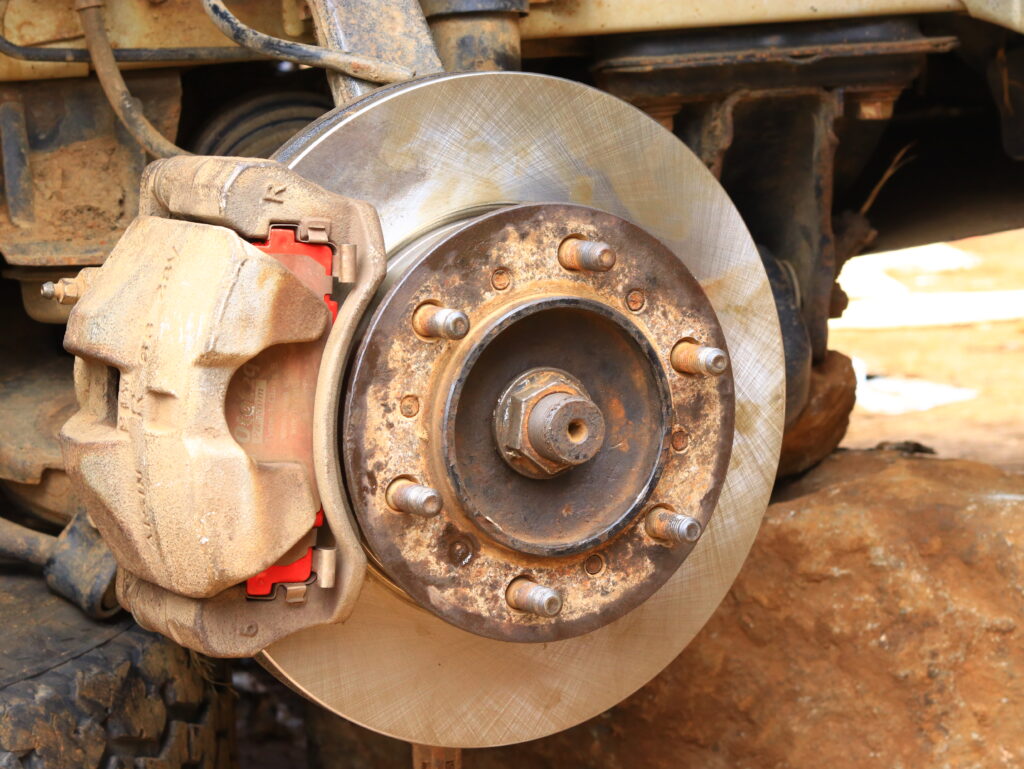
What to Do and Not to Do if Your Brakes Fail While Driving.
Brake failure, especially when driving, can be an extremely dangerous and frightening experience. While that’s the last thing you want to happen to you, it’s best to have an idea of what to do just in case.
You can never be too sure!
Understanding the right and wrong actions can make all the difference in such a critical moment. And that’s exactly what we will discuss in this article.
Let’s get started!
Here are the steps to follow when you find yourself in a sticky road situation:
The first instinct when your brakes fail on the road might be fear. However, it’s crucial to stay calm. Panicking can cloud your judgment, causing you to make hasty or incorrect decisions. Instead, take a deep breath and assess the severity of the situation.
Assessing the situation will help you decide your next course of action.
Other drivers on the road might not be aware of your situation, making it even more dangerous. So, immediately alert them to prevent additional accidents and give yourself room to maneuver safely.
Here’s what to do:
The emergency brake, or the parking brake, operates independently of the main brake system. It can help bring your car to a stop if the primary brakes fail. Here’s how to use it effectively:
If your vehicle is equipped with a manual transmission, downshifting can help reduce speed. In an automatic vehicle, most modern cars allow you to select lower gears manually.
Here’s how downshifting can help:
Note: Avoid downshifting too quickly, as this can cause the engine to over-rev and lose control.
If your brakes have partially failed or if the failure is due to a loss of hydraulic pressure, pumping the brakes might help. Quickly press and release the brake pedal several times. This action can build up enough pressure in the brake lines to restore some braking power and give you enough control to slow down and stop the vehicle.
Your main focus should be getting off the road as safely as possible. Look for an open space or a flat area where you can steer your vehicle to a stop. Avoid driving into traffic or trying to navigate through narrow spaces.
Once you’ve stopped your vehicle safely, turn off the engine. This prevents the car from accelerating unexpectedly. However, only do this after you’ve brought the vehicle to a safe and complete stop, as turning off the engine can disable power steering and make the vehicle harder to control.
After coming to a stop, make sure your vehicle is visible to other drivers. Keep your hazard lights on, set reflective triangles if you have them, and call for roadside assistance or emergency services. If you have a cell phone, this is the time to use it to get help.
Once you’re safe, have your brakes inspected by a professional mechanic. Even if you manage to stop the vehicle without an accident, the cause of the brake failure needs to be identified and repaired before you drive again.
Brake failures can result from various issues, including worn brake pads, a leak in the brake fluid, or a malfunction in the braking system. A thorough inspection will ensure your vehicle is safe to drive.
Here’s what you should never do when your brakes fail while driving:
If your brakes fail, your primary goal should be to stay calm and use alternative methods to slow down and stop the vehicle. This includes downshifting, carefully using the emergency brake, and pumping the brakes while gradually steering towards a safe area.
Generally, we don’t recommend putting the car in neutral because it disengages the engine from the wheels, eliminating engine braking. Instead, downshift to lower gears to help slow the vehicle.
If your brakes stop working, you may lose control of your vehicle if you don’t take immediate and appropriate action. The car may not slow down as expected, increasing the risk of a collision.
Common signs of bad brakes include:
If you notice any of these signs, have your brakes inspected as soon as possible.
Brake failure is a terrifying experience, but knowing how to respond can help you tackle the situation safely. Stay calm, use the techniques we’ve outlined above, and avoid the common mistakes that can turn a dangerous scenario into a catastrophe.
Most importantly, ensure your vehicle’s brakes are regularly inspected and maintained to reduce the risk of brake failure in the first place.
Ready to ramp up your safety? Contact us today for high-quality braking solutions.
WhatsApp us